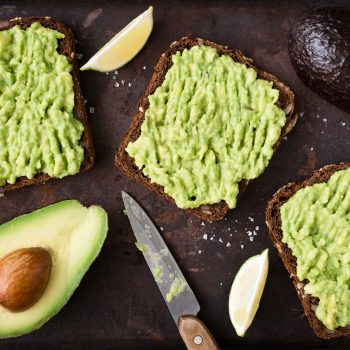Endometriosis is a frequent disease that affects about 10% of the female population in child-bearing age. This disease affects the endometrium, a tissue normally present in the uterus, and is characterized by abnormal growth of the endometrium outside the uterus, for example at the intestinal level. Symptoms of endometriosis may include menstrual pain, pain during sexual intercourse and gastrointestinal symptoms.
Many patients with endometriosis suffer from swelling, abdominal pain and changes in bowel function (constipation or diarrhea), which are also common symptoms in irritable bowel syndrome. A study by Monash University in Melbourne has highlighted the usefulness of diet to alleviate the gastrointestinal symptoms present in endometriosis. We discuss this with Dr Stefania Della Ventura, nutritionist at Humanitas Endocrinology and Diabetology Unit.
The correlation between endometriosis and intestinal disorders
Studies indicate that irritable bowel syndrome may be a manifestation of underlying endometriosis. This theory is supported by the fact that 90% of the women with a histologically confirmed diagnosis of endometriosis suffer from related gastroenteric disorders.
Under both conditions, there is a marked visceral hypersensitivity, with excessive pain manifesting when the internal organs are relaxed.
Bowel distension is related to diet, as foods that ferment and swell the bowel or draw water inside can promote the appearance of pain and alterations in evacuation. Based on this idea, Australian researchers at Monash University were the first to develop a diet low in FODMAP (fermentable oligosaccharides disaccharides, monosaccharides and polyols), an acronym that indicates a series of small molecules that if ingested cause abdominal distension through various mechanisms and consequently pain and swelling.
This diet has proved extremely useful for the treatment of the irritable bowel syndrome.
The Australian researchers themselves have shown that the same diet is useful for reducing abdominal pain and swelling in women with endometriosis.
What is a low-FODMAP diet?
“The diet with a low content of FODMAP includes a phase of elimination of foods rich in those molecules, followed by a delicate phase of reintroduction in which we assess with the specialist what foods are tolerated and in what quantities – explained Dr. Della Ventura -. The diet must be made under specialist control both to avoid errors that could compromise the success of the path, and to avoid imbalances in the diet and in the intake of essential nutrients”.









